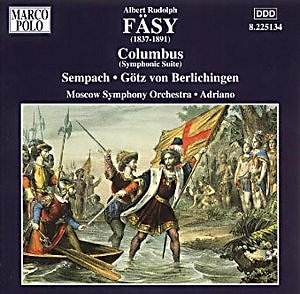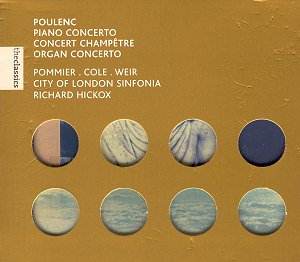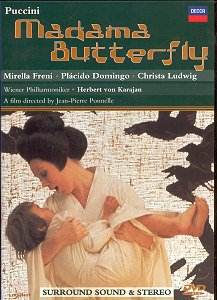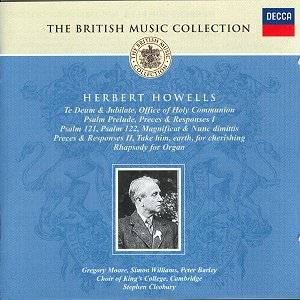 Composer: Albert Rudolph Fäsy
Composer: Albert Rudolph Fäsy
Works: Götz von Berlichingen Prelude, Der Triumph der Liebe, Sempach, Columbus
Performers: Moscow Symphony Orchestra/Adriano
Recording: 2001
Label: NAXOS
The music of Albert Rudolph Fäsy, a 19th-century Swiss composer whose works have largely faded into obscurity, serves as a fascinating lens through which to examine the stylistic shifts of his era. Born in 1837 in Zurich, Fäsy’s early training under figures connected to the burgeoning Romantic movement—most notably Wagner—suggests a lineage of thought that, while perhaps not fully realized, nonetheless permeates his orchestral works. The four pieces presented in this recording, likely composed between 1870 and 1890, reveal Fäsy’s attempts to grapple with the grandeur of orchestral storytelling, albeit with varying degrees of success.
The performance by the Moscow Symphony Orchestra under the baton of Adriano brings a robust and earnest energy to Fäsy’s scores, though it occasionally struggles with the structural integrity of the compositions. The Götz von Berlichingen Prelude opens with a grand march in C Major, showcasing the orchestra’s woodwinds and brass. However, the transitions between ideas feel disjointed, reflecting Fäsy’s tendency toward a ‘bolt-on’ approach that disrupts the thematic continuity. While the overt grandeur is commendable, the lack of a cohesive narrative arc detracts from the overall impact. Fäsy’s orchestration exhibits moments of complexity that break from conventional harmonic progressions, yet they often lack the fluidity characteristic of his contemporaries.
Der Triumph der Liebe stands out as a tone poem that attempts to weave nature’s tumultuous spirit with the ethereal joys of love. The opening evokes a palpable sense of foreboding, reminiscent of Wagnerian landscapes, though it ultimately lacks the depth of emotional resonance found in Wagner’s works. Adriano’s conducting captures the tempestuous nature of the first section, but the thematic resolution feels too simplistic and perfunctory. The second half, while bright and uplifting, seems to lack the dynamism necessary to elevate the material beyond mere descriptive painting.
Sempach, a tone poem based on a historical battle, similarly showcases Fäsy’s aspirations. The solemn bell tolls and the chromatic yearnings resonate with a sense of gravity. However, the musical development is hindered by prolonged modulations that do not yield fruitful dramatic tension. The orchestration, while carefully balanced in its ensemble sections, suffers from a lack of clarity in articulation, particularly in the brass and woodwind exchanges that should heighten the tension of the narrative. The conclusion, marked by a patriotic fervor, is marred by intonation issues in the bells, which detract from the otherwise cohesive orchestral fabric.
Columbus, the most substantial work on the recording, is an ambitious symphonic poem divided into six interconnected sections. Fäsy’s thematic ideas here are compelling, yet their development often falls prey to a lack of sophistication. The opening boasts majestic chords before devolving into a somewhat disjointed sailor’s tune that undermines the grandeur of the thematic material. While the movement “Columbus at the Helm” provides a clearer construction, the thematic transition lacks the dramatic heft needed to sustain interest. The “Vision” section, with its delicate harp interjections, offers a moment of respite, yet the overall structural weaknesses re-emerge, culminating in a finale that, while bright, feels insufficiently resolved.
The recording quality presents a further challenge, as the acoustic environment does not favor the orchestra’s full potential. The distant placement of the ensemble results in a flatness that diminishes the vibrant interplay of instruments. Instances of blurred articulation, particularly among the strings, detract from the clarity of Fäsy’s writing. Adriano’s interpretation, while thoughtful, occasionally falters in achieving the required precision to fully realize the composer’s intentions.
Fäsy’s music ultimately reflects a transitional phase in the Romantic tradition, balancing between the established forms of his predecessors and the burgeoning innovations of the late 19th century. Although this recording provides a valuable glimpse into the orchestral landscape of a lesser-known composer, it is hampered by both the limitations of the compositions and the execution. Nevertheless, the works presented here merit attention for their historical significance and the insights they offer into the broader context of Swiss music and its relationship with the European orchestral canon.



